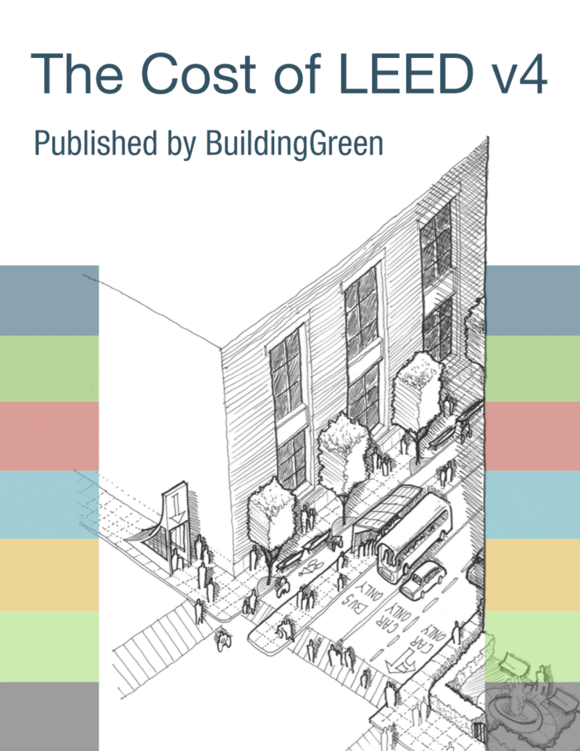Resources tab Changes:
1. After the sentence "We will update this list as we enable support for additional data sources.". add the following 2 sentences:
"Projects are required to submit energy and water consumption data to USGBC on the date they begin typical, physical occupancy. Alternatively, projects may opt to provide data beginning on the date that the project accepts certification from GBCI. USGBC currently accepts energy and water data in the following ways:"
2. Under the heading "Third Party Data Source", add the following sentence as the first bullet in the list:
"Use Arc to share your data at https://arcskoru.com/ by activating your project, creating a meter and entering your performance data."
3. Under the heading "Third Party Data Source", delete the following bullets from the list:
"Coming Soon: Share data using one of USGBC’s App Lab partners. These apps are created by authorized partners and are designed to automate data submission into LEED Online. This option is not yet available from the partners on the site however please contact us to learn more about connecting with an existing data management system."
" Use Arc to share your data at https://arcskoru.com/"
4. Under the heading "USGBC Approved Data Template", replace the sentence that begins "Projects that choose this option must be prepared.." with the following sentence:
"Projects that choose this option should submit their spreadsheets to USGBC’s Hightail Dropbox at least two times per year."



